- Home
- Articles
- Architectural Portfolio
- Architectral Presentation
- Inspirational Stories
- Architecture News
- Visualization
- BIM Industry
- Facade Design
- Parametric Design
- Career
- Landscape Architecture
- Construction
- Artificial Intelligence
- Sketching
- Design Softwares
- Diagrams
- Writing
- Architectural Tips
- Sustainability
- Courses
- Concept
- Technology
- History & Heritage
- Future of Architecture
- Guides & How-To
- Art & Culture
- Projects
- Interior Design
- Competitions
- Jobs
- Store
- Tools
- More
- Home
- Articles
- Architectural Portfolio
- Architectral Presentation
- Inspirational Stories
- Architecture News
- Visualization
- BIM Industry
- Facade Design
- Parametric Design
- Career
- Landscape Architecture
- Construction
- Artificial Intelligence
- Sketching
- Design Softwares
- Diagrams
- Writing
- Architectural Tips
- Sustainability
- Courses
- Concept
- Technology
- History & Heritage
- Future of Architecture
- Guides & How-To
- Art & Culture
- Projects
- Interior Design
- Competitions
- Jobs
- Store
- Tools
- More
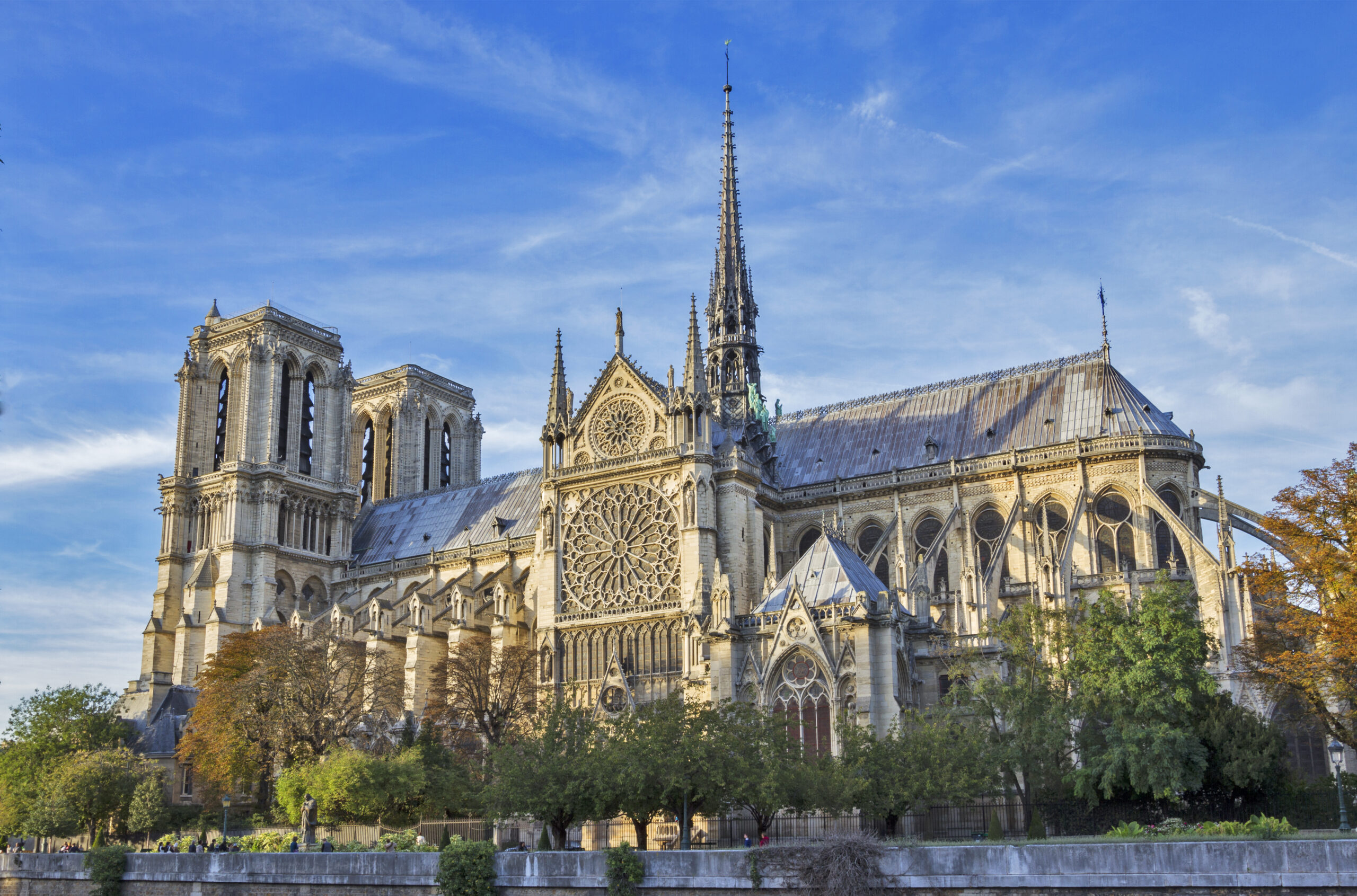
France, a country renowned for its art, culture, and architectural splendors, offers a captivating journey through history and design. From medieval fortresses to Gothic cathedrals and opulent palaces, France showcases a wealth of iconic designs that have left an indelible mark on the world of architecture. In this article, we embark on a journey to explore some of France’s most notable architectural achievements, highlighting their significance and influence on the field of architecture.
- Notre-Dame Cathedral – Paris: One cannot discuss French architecture without mentioning the iconic Notre-Dame Cathedral in Paris. A masterpiece of Gothic architecture, Notre-Dame’s grandeur and intricate detailing have captivated visitors for centuries. Its soaring stained glass windows, flying buttresses, and majestic towers embody the elegance and technical prowess of medieval construction. Although damaged by a fire in 2019, the cathedral’s enduring spirit and ongoing restoration efforts serve as a testament to its importance as a cultural and architectural symbol.

Credit: How the English fell in love with Versailles, Louis XIV’s ‘most magnificent and Royal palace’ – Country Life - Palace of Versailles – Versailles: The Palace of Versailles, located near Paris, is a testament to the opulence and grandeur of the French monarchy. This magnificent palace, with its sprawling gardens and ornate interiors, served as the political center of France during the reign of Louis XIV. The Palace of Versailles showcases exquisite Baroque and Rococo design, featuring lavish decorations, gilded accents, and grandiose halls. Its influence on palace architecture and interior design resonates to this day, inspiring architects seeking to create spaces of regal elegance and luxury.
- Louvre Museum – Paris: Housed in a former royal palace, the Louvre Museum is not only a repository of artistic treasures but also a remarkable architectural masterpiece in its own right. The iconic glass pyramid, designed by architect I.M. Pei, serves as the main entrance, juxtaposing modern design against the classical backdrop of the Louvre’s historic buildings. This fusion of contemporary and traditional architecture has become an iconic symbol of the museum and a source of inspiration for architects worldwide.
- Mont Saint-Michel – Normandy: Perched on a rocky island off the coast of Normandy, Mont Saint-Michel is a breathtaking example of medieval architecture and engineering. This UNESCO World Heritage Site features a stunning abbey that seems to emerge from the sea, surrounded by narrow streets and fortified walls. Mont Saint-Michel’s unique location, picturesque beauty, and remarkable construction have made it a source of inspiration for architects and artists alike.

Credit: Mont Saint Michel Tourism Guide (tripsavvy.com) - Centre Pompidou – Paris: The Centre Pompidou in Paris stands as a bold testament to modern and contemporary architecture. Designed by architects Renzo Piano and Richard Rogers, this cultural complex showcases an innovative approach to architectural design. Its iconic exterior, characterized by exposed structural elements and vibrant color, reflects the building’s function as a center for modern art and culture. The Centre Pompidou’s unconventional design and integration of public spaces have influenced the concept of cultural centers around the world.
- Chartres Cathedral – Chartres: Chartres Cathedral, located in the town of Chartres, is a masterpiece of French Gothic architecture. Its magnificent stained glass windows, intricate sculptures, and towering spires represent the pinnacle of medieval craftsmanship. Chartres Cathedral has inspired generations of architects with its harmonious proportions, intricate detailing, and transcendent spiritual ambiance.
France’s architectural heritage offers a captivating glimpse into the evolution of design and craftsmanship over the centuries. From the soaring heights of Gothic cathedrals to the innovative structures of modernity, France’s iconic designs continue to shape the field of architecture and ignite the imagination of architects and visitors alike. A journey through France not only provides an appreciation for architectural magnificence but also serves as a testament to the enduring power of human creativity and ingenuity.

Submit your architectural projects
Follow these steps for submission your project. Submission FormLatest Posts
The Ultimate Guide to Fencing in North Dakota: Choosing the Best Fence for Your Property
Watching a chain link fence twist in 70 mph winds near Minot...
Gaudí: Where Architecture Meets Science
Gaudí: Where Architecture Meets Science shows catenary arches, ruled surfaces, and biomimicry...
How Housing Market Forces Shape Architectural Design Today
Architecture never exists in isolation. Buildings rise from a mix of ambition,...
Why Portable Formaldehyde Gas Detectors Matter on Construction Sites
As construction practices shift toward more enclosed and material-intensive environments, the risk...


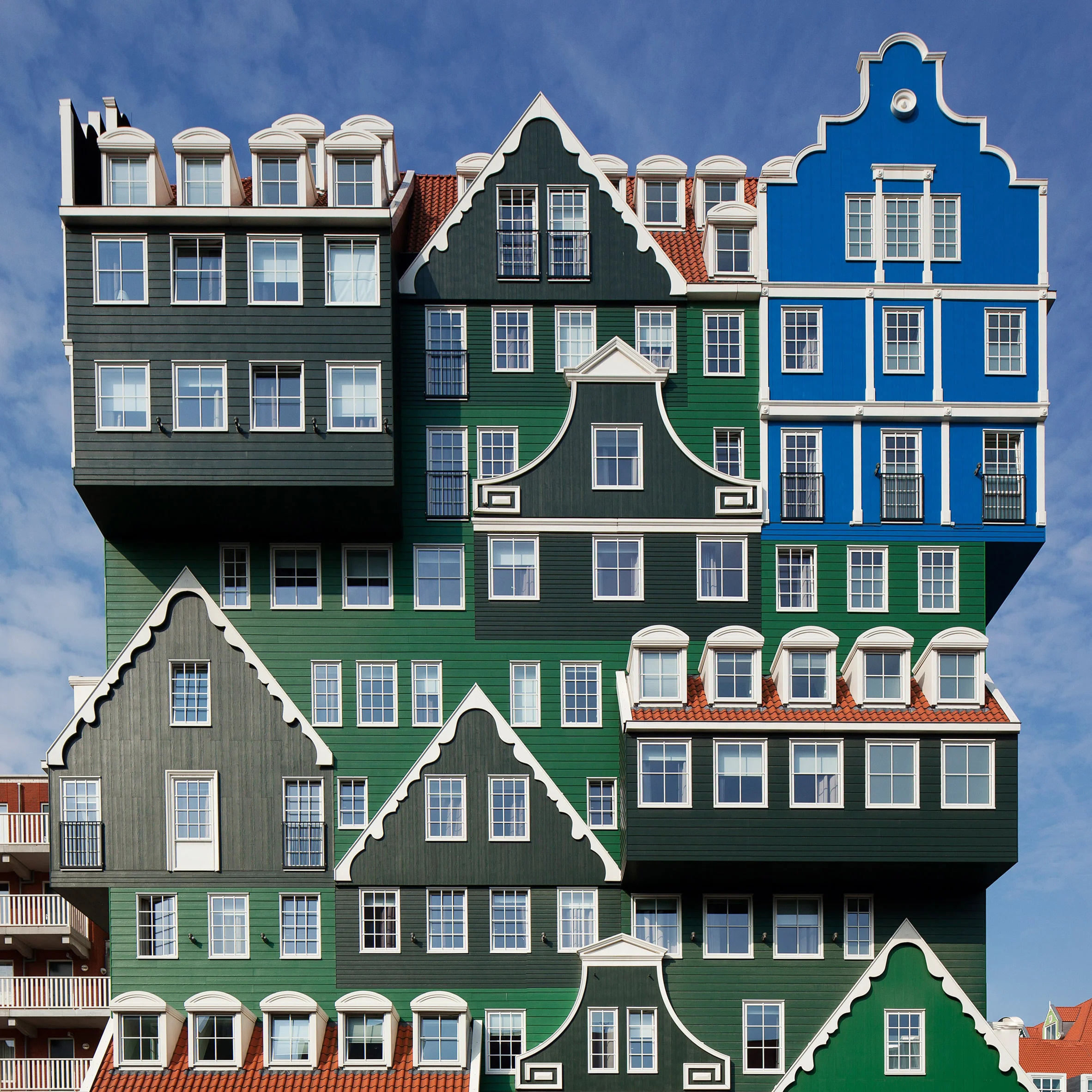
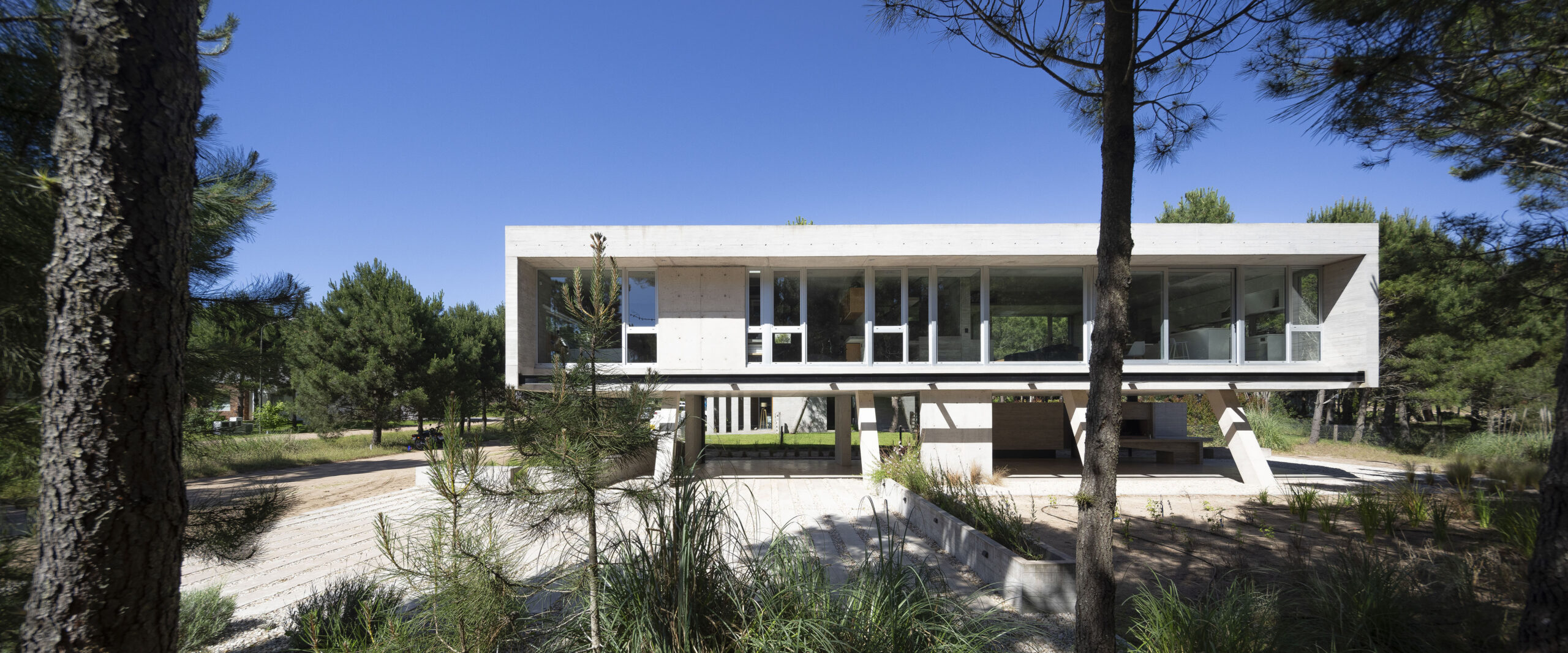





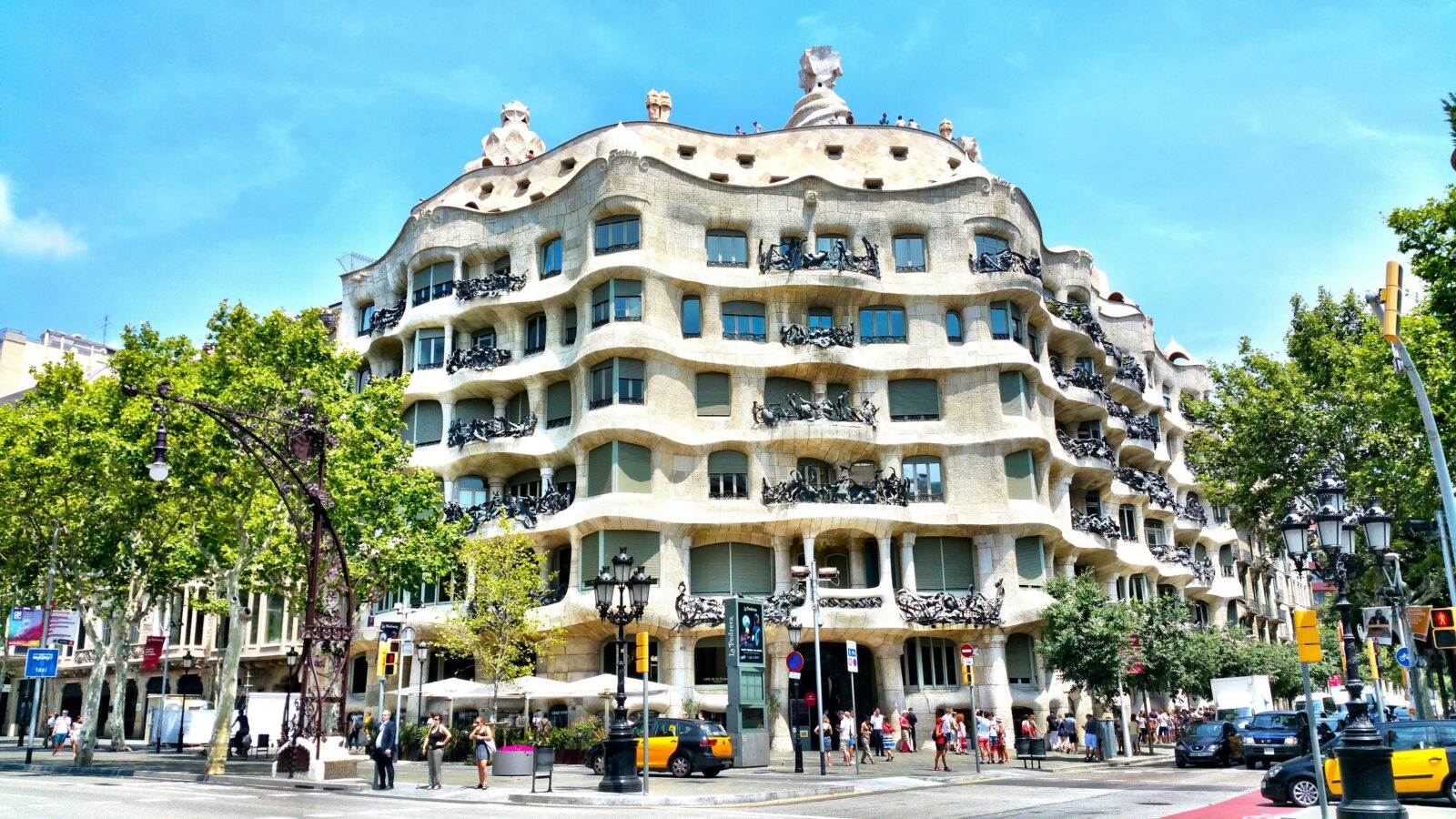
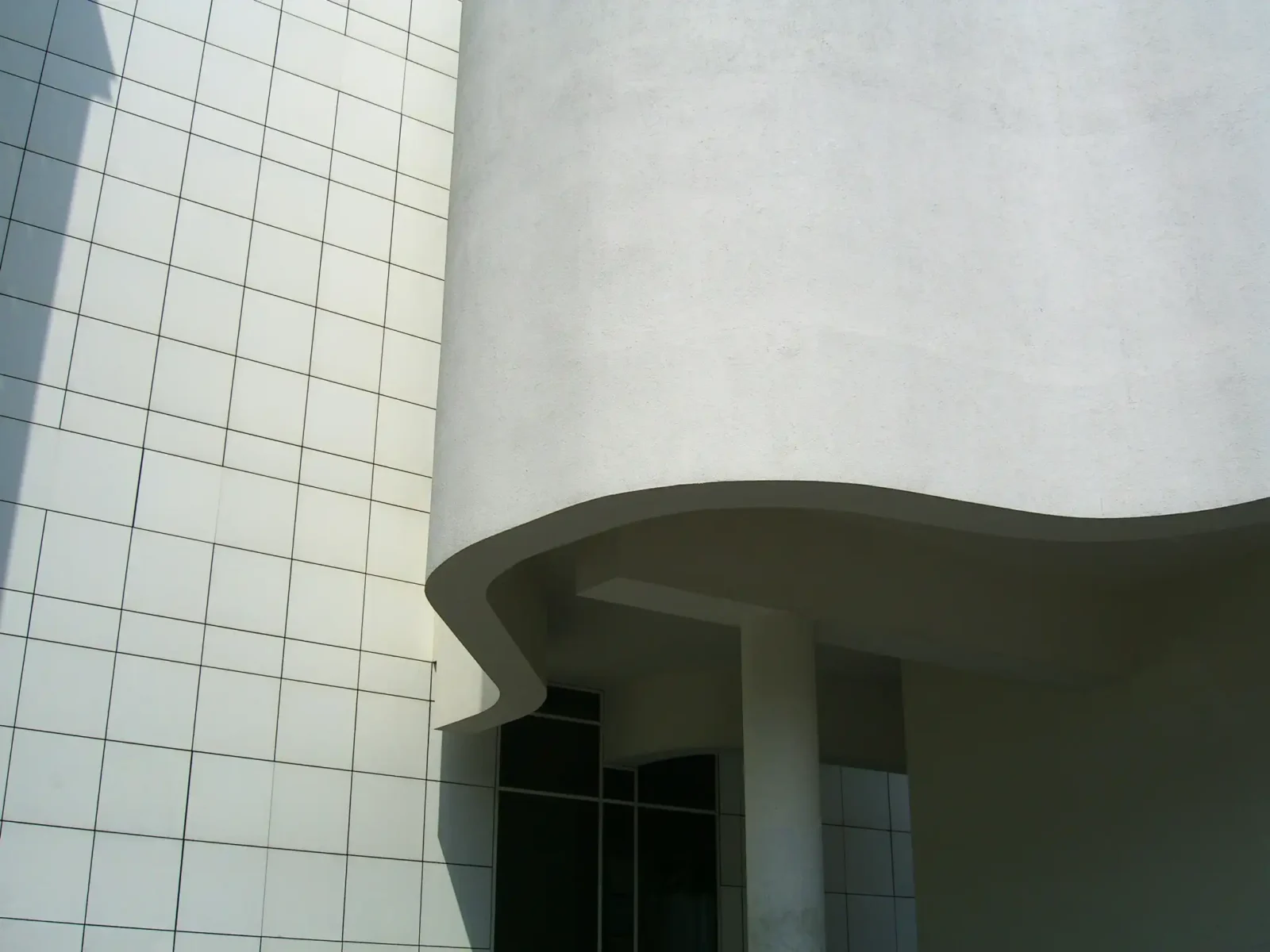

Leave a comment